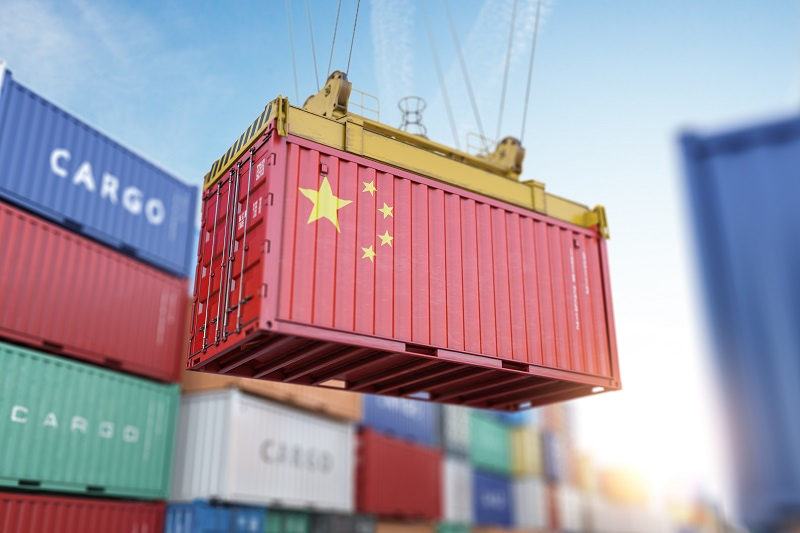The National Bureau of Statistics of China reported that China’s consumer price index (CPI) edged up by 0.1% in August 2023 compared with one year earlier, easing previous deflationary pressure caused by the 0.3% fall in July’s CPI. However, many international analysts have voiced concerns that China's economic recovery journey will continue to face difficulties.
The current pressure on the Chinese economy stems from several factors, including the haggard state of the real estate market, rising unemployment among young people, and a significant decline in consumer spending.
These factors have led to a reduction in domestic demand, putting pressure on Chinese manufacturers to reduce prices and liquidate their excess inventory. This could create some opportunities for Vietnam as raw materials originating from China become cheaper, thus lowering the costs of producing goods.
However, it should be noted that the deflationary pressure in China could lead to a global deflationary trend, affecting consumer spending around the world. This can pose a big challenge for Vietnam, especially as it relies heavily on exports.
Furthermore, weakening domestic demand could lead to China increasing exports of finished goods. This poses a threat to Vietnamese industries that compete directly with Chinese suppliers in the global market. Risks are especially high for Vietnamese export industries such as textiles, electronics and furniture.
At the same time, the weakening of the Chinese economy could help reduce global inflation risks, creating opportunities for Vietnam to implement more flexible fiscal and monetary measures. In addition, changes in China’s economy could disrupt the global supply chain, opening up opportunities for Vietnam as international manufacturers look for new partners, including Vietnam, to respond to risks and optimise their production.





